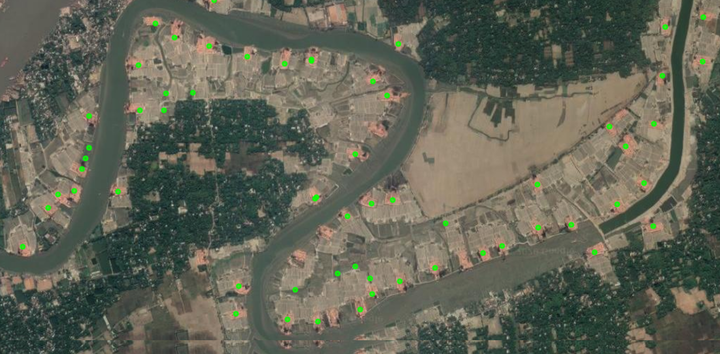Scalable deep learning to identify brick kilns and aid regulatory capacity

Abstract
Improving compliance with environmental regulations is critical for promoting clean environments and healthy populations. In South Asia, brick manufacturing is a major source of pollution but is dominated by small-scale, informal producers who are difficult to monitor and regulate, a common challenge in low-income settings. We demonstrate a low-cost, scalable approach for locating brick kilns in high-resolution satellite imagery from Bangladesh.Our approach identifies kilns with 94.2% accuracy and 88.7% precision and extracts the precise GPS coordinates of every brick kiln across Bangladesh. Using these estimates, we show that at least 12% of the population of Bangladesh (>18 million people) live within 1 km of a kiln and that 77% and 9% of kilns are (illegally) within 1 km of schools and health facilities, respectively. Finally, we show how kilns contribute up to 20.4μg/m3 of PM2.5 (particulate matter of a diameter less than 2.5μm) in Dhaka when the wind blows from an unfavorable direction. We document inaccuracies and potential bias with respect to local regulations in the government data. Our approach demonstrates how machine learning and Earth observation can be combined to better understand the extent and implications of regulatory compliance in informal industry.